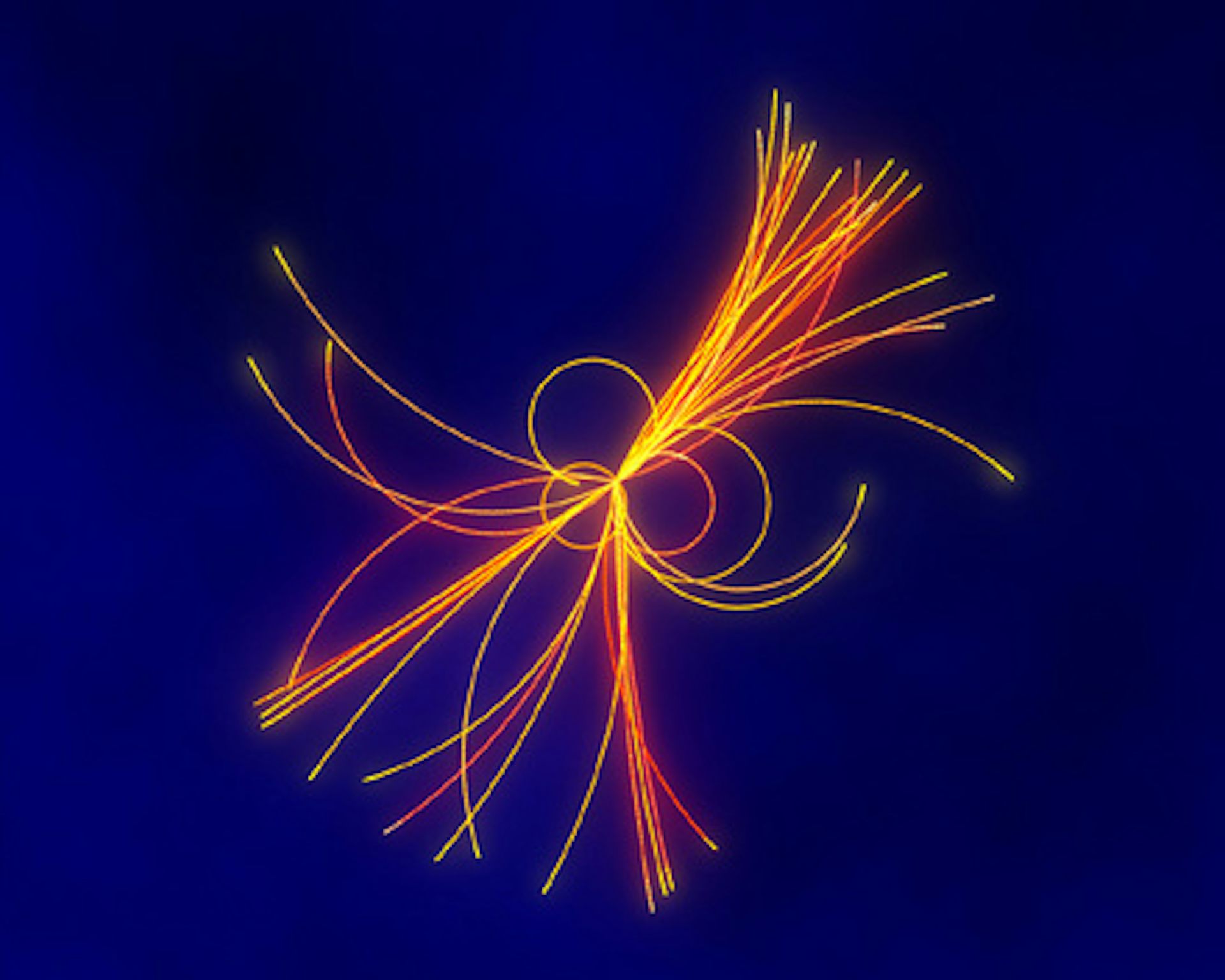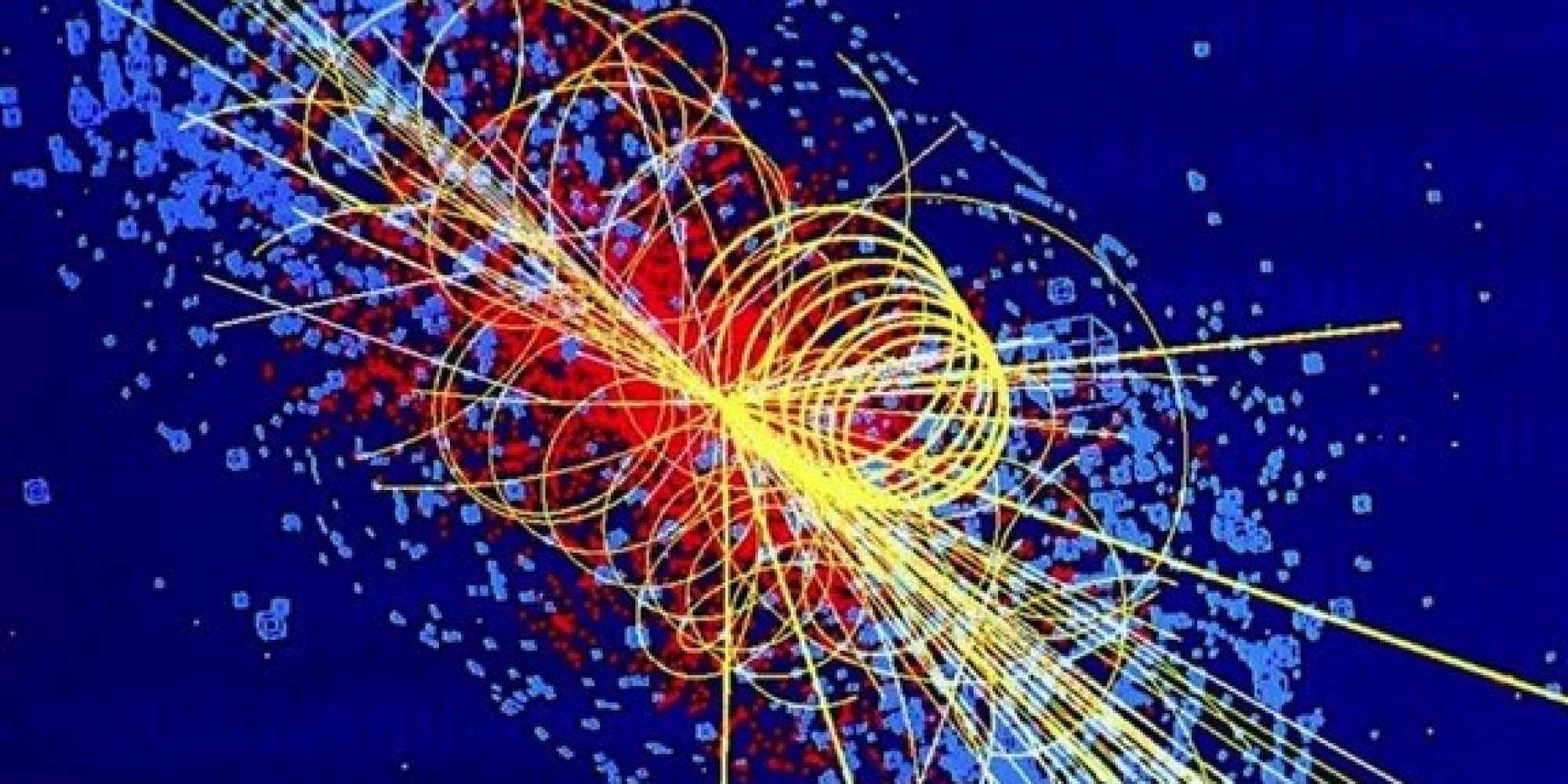

Stretch a spring twice as far, and feel twice the resistance. Science in general, and physics in particular, seek patterns.

That experience, Einstein would later say, convinced him that there was a deep hidden order to nature, and impelled him to spend his life trying to reveal it.Īlthough the story is more than a century old, the conundrum young Einstein encountered resonates with a key theme in contemporary physics, one that’s essential to the most important experimental achievement in the field of the last 50 years: the discovery, a year ago this July, of the Higgs boson. The boy was both puzzled and mesmerized by the invisible forces at work, redirecting the compass needle to point north whenever its resting position was disturbed.

Below, our science columnist Brian Greene explains the science behind the discovery.Ī famous story in the annals of physics tells of a 5-year-old Albert Einstein, sick in bed, receiving a toy compass from his father. Evidence for off-shell Higgs boson production and first measurement of its width.Editor's note: On October 8, 2013, Peter Higgs and Francois Englert won the Nobel Prize in Physics for their work on the Higgs boson. The findings were published on the CERN CDS information server.ĬMS Collaboration. “The precision of the measurement is expected to improve in the coming years with data from the next LHC runs and new analysis ideas.” “And it sets a milestone in the study of the properties of this unique particle.” Pascal Vanlaer, a member of the CMS Collaboration. “Our result demonstrates that off-shell Higgs-boson production offers an excellent way to measure the Higgs boson’s lifetime,” said Dr. This value, the most precise yet, aligns well with the Standard Model prediction and confirms that the particle does indeed have a tiny lifespan.
#Higgs particle plus#
In the study, they analyzed data collected by the CMS experiment during the second run of the LHC, specifically data on Higgs bosons transforming into two Z bosons, which themselves transform into four charged leptons or two charged leptons plus two neutrinos.įrom their result, which has only a 1 in 1,000 chance of being a statistical fluke, they obtained a Higgs boson’s lifetime of 2.1*10 -22 seconds. Using this method, the physicists from the CMS Collaboration obtained the first-ever evidence for the production of off-shell Higgs bosons. This effect - and in fact the mass width of the particle as well - is a manifestation of a quantum quirk known as Heisenberg’s uncertainty principle, and a comparison between the production rate of these large-mass (off-shell) Higgs bosons with that of the nominal or close to nominal (on-shell) Higgs bosons can be used to extract the Higgs boson’s mass width and therefore its lifetime. In addition to being produced with a mass equal or close to its nominal value, a short-lived particle such as the Higgs boson can also be produced with a much larger mass than the nominal value, although the odds of this happening are lower. For one, the predicted lifetime is too short to be measured directly.Ī possible solution entails measuring a related property called the mass width, which is inversely proportional to the lifetime and represents the small range of possible masses around the particle’s nominal mass of 125 GeV.īut this isn’t easy either, as the predicted mass width of the Higgs boson is too small to be easily measured by experiments. Measuring the Higgs boson’s lifetime is high on the wish list of particle physicists, because an experimental value of the lifetime would allow them not only to better understand the nature of the particle but also to find out whether or not the value matches the value predicted by the Standard Model of particle physics.Ī deviation from the prediction could point to new particles or forces not predicted by the Standard Model, including new particles into which the Higgs boson would decay.īut it isn’t easy to measure the Higgs boson’s lifetime. A Higgs boson candidate transforming into four muons (red lines).


 0 kommentar(er)
0 kommentar(er)
